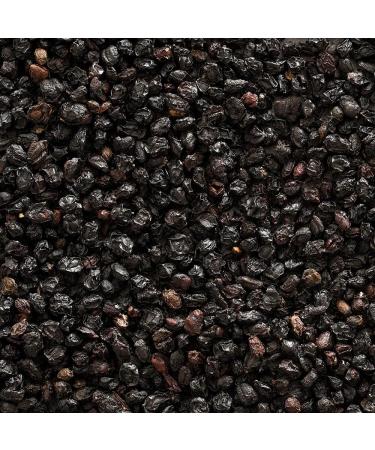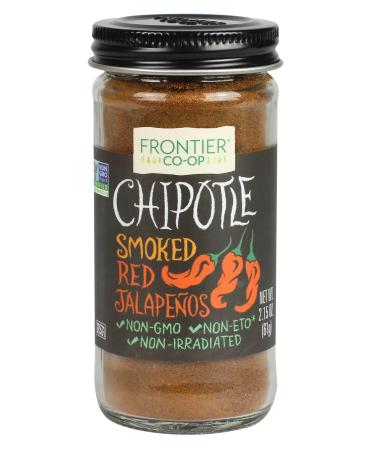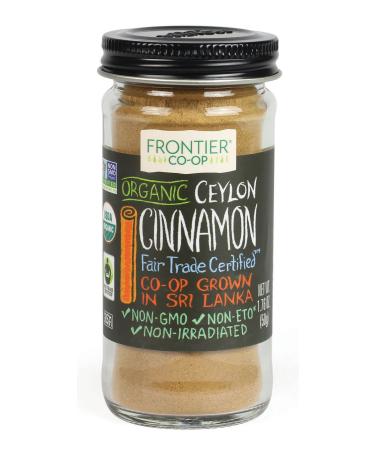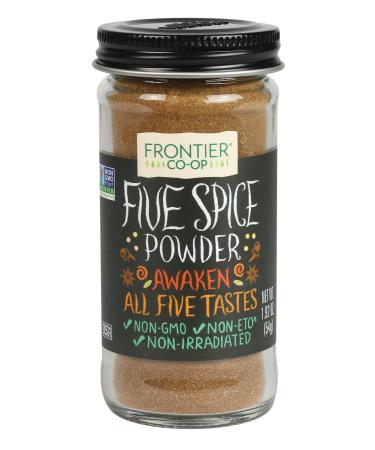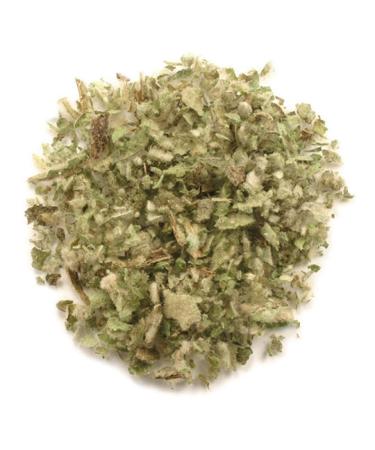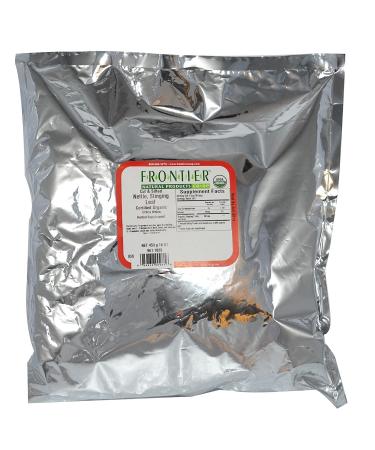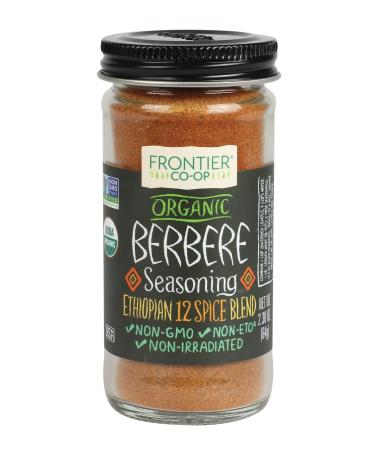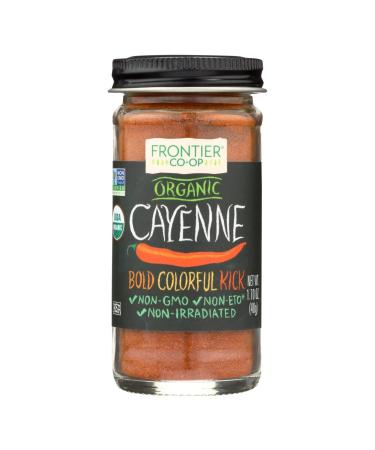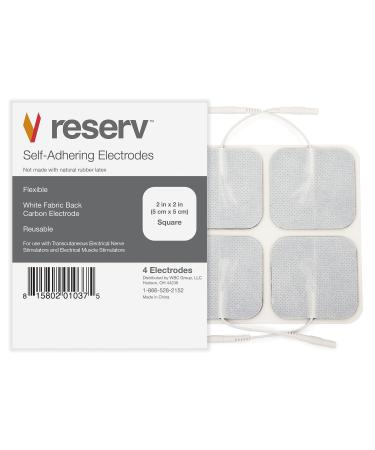Top Similar Products
Regular Price: US$70.00
Special Price US$49.99
Frontier Ground Bottle, Chipotle, 2.15 Ounce 2.15 Ounce (Pack of 1) Original Version
Regular Price: US$29.99
Special Price US$19.99
Frontier Natural Products Cinnamon, Og, Grnd Ceyln, Ft, 1.76-Ounce
Regular Price: US$35.00
Special Price US$19.99
Frontier Co-op Mullein Leaf, Cut & Sifted, Certified Organic | 1 lb. Bulk Bag | Verbascum thapsus L
Regular Price: US$89.99
Special Price US$69.99
Frontier Co-op Organic Cut & Sifted Stinging Nettle Leaf 1lb
Regular Price: US$84.99
Special Price US$64.99
Frontier Berbere Seasoning Organic Bottle, 2.3 Oz 2.3 Ounce (Pack of 1)
Regular Price: US$39.99
Special Price US$24.99
Frontier Natural Products Organic Ground Cayenne 1.70 oz (48 g)
Regular Price: US$34.99
Special Price US$24.99
Regular Price: US$50.00
Special Price US$34.99
Clearance Room!
Regular Price: US$41.99
Special Price US$34.99
Regular Price: US$60.00
Special Price US$18.99
Regular Price: US$70.00
Special Price US$30.00
O'Keeffe's Healthy Feet Night Treatment Foot Cream, 3 Ounce Tube, (Pack of 2) 2 Pack
Regular Price: US$60.00
Special Price US$25.00
DaVinci Gourmet Sugar Free - Caramel Syrup - 25.4 Fl Oz
Regular Price: US$40.00
Special Price US$6.99
Regular Price: US$90.00
Special Price US$74.99
NELEUS Men's Dry Fit Mesh Athletic Shirts - Black,red,blue - Medium
Regular Price: US$80.00
Special Price US$32.00

GRAND SELECTION
Think of it and most probably we have it among our grand selection of products!
AMAZING PRICES
Get ready for the amazing and best Supps prices ever!
FIXED RATE DELIVERY
Get your order anywhere on this planet within 5-10 days with a fixed rate of $19.99 (no matter the size of your order)
-
 Add to Cart
Add to CartFrontier Co-op Organic Paprika, Ground, 1 Pound Bulk Bag
Regular Price: US$60.00
Special Price US$39.99
-
 Add to Cart
Add to CartFrontier Co-op Organic Chili Powder Blend, 1 Pound Bulk Bag Limited Edition
Regular Price: US$59.99
Special Price US$39.99


